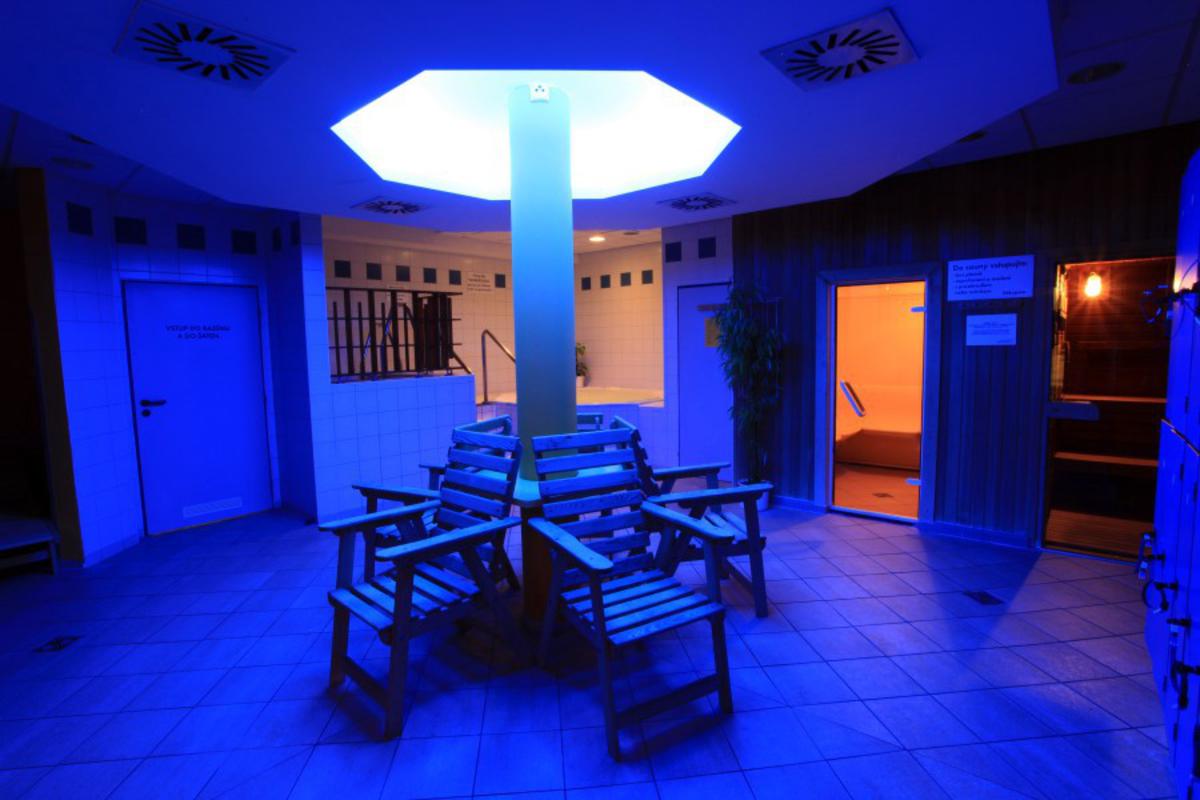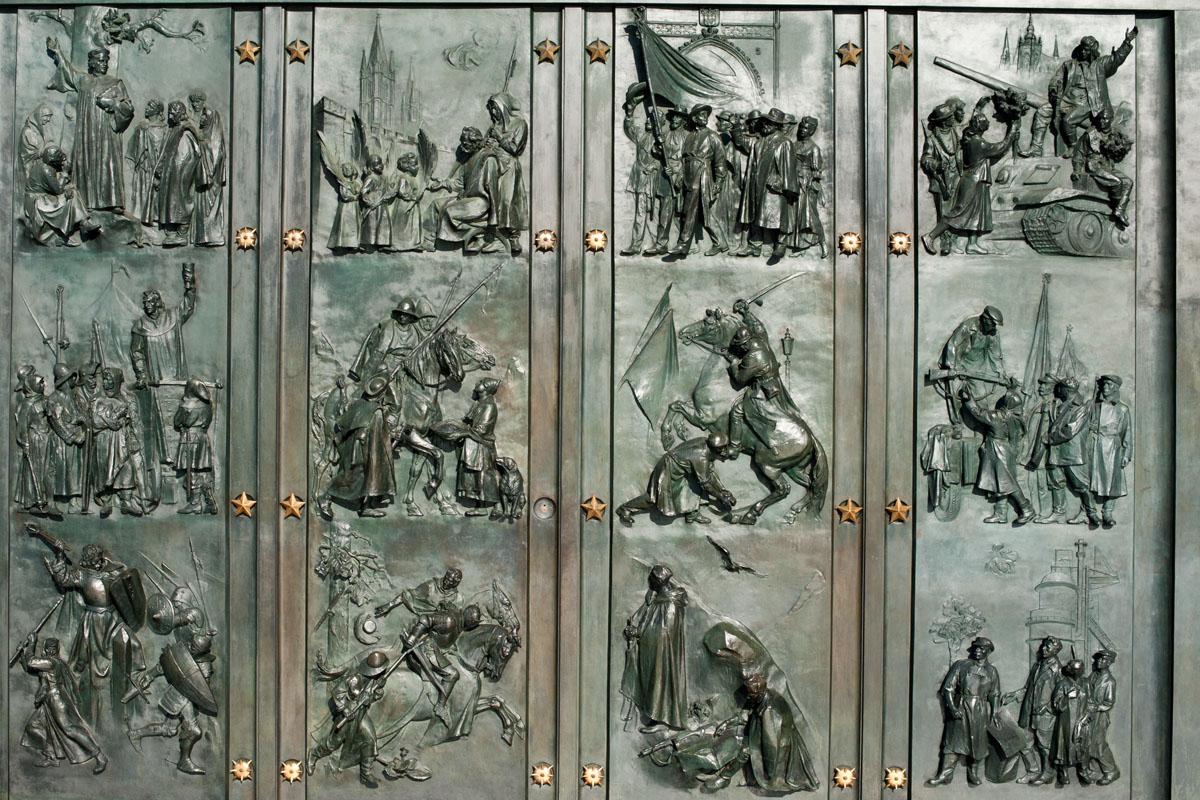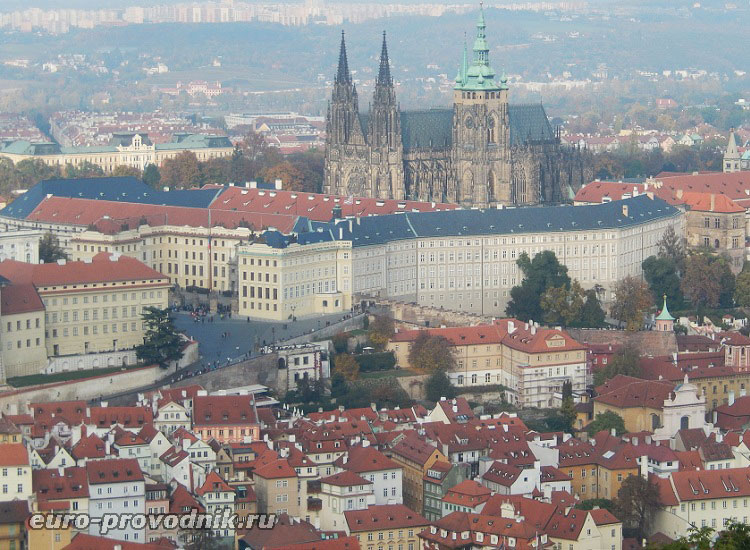Station Corner. Station Uglovka: train and train schedules for the station. What is an electronic ticket and electronic registration
The tiny nodal station Uglovka, the name of which is familiar to almost everyone who at least once traveled from Moscow to St. Petersburg by train, is the starting point of a small 30-kilometer branch connecting the city of Borovichi with a railway network. This line is one of the most unusual railways in Russia, it was built one of the first in the country. In Borovichi, to this day, the amazing, oldest in Russia wooden station of 1876, one of the main attractions of the city, is preserved.
The line was built in 1874-1877, during the "first railway boom" in Russia. Before the revolution, the road was private, built at the expense of Borovichi industrialists - owners of the refractory brick factory. Exactly in the middle of the line, at the 15th kilometer, was the Travkovo station (emphasis on the second syllable), which lasted until 1994; now in its place is a stopping point. Also at different times there were intermediate stations Korsakovskaya (10 km) and Suvorovskaya (2 km, transfer from the state Nikolaev road to the private Borovichi). The name of the latter echoes the estate of the great commander Alexander Suvorov "Konchakovsky", located in the Borovichi district, but in a completely different place. In Soviet times, both freight and passenger traffic was developed on the line; the trains Borovichi - Moscow, Borovichi - St. Petersburg, Borovichi - Novgorod, as well as up to three pairs of suburban Borovichi - Uglovka ...
In early 2012, a deliberate policy of the authorities of the Novgorod region to reduce suburban passenger traffic began. The reason is the unthinkable accounts for the compensation of losses from these shipments of hundreds of millions of rubles issued by Russian Railways. The Uglovka – Borovichi line became the first “victim”. Subsequently, the same fate awaited the direction of Okulovka-Nebolchi, Podborovye-Kabozha-Khvoynaya, Khvoynaya-Pestovo, Rogavka-Novgorod and many others. The train Borovichi - St. Petersburg has been canceled. Borovichi station began to receive not five trains daily, but one per week - from Moscow. It is possible that he is threatened with cancellation.
We visited Borovichi during the May holidays of 2014 and, of course, did not ignore the railway. I warn you that photographs were taken at different times and not even on the same day.
The station is located on the outskirts of the city. The building consists of wooden and brick parts, built, which is unusual, at one time. Surprisingly - a wooden building, built almost 140 years ago. How many wars, devastation, fires it survived and remained almost in its original form! Alas, in 2013 the roof was replaced by a modern tiled, sharply contrasted one. 
Pay attention to the thread. But at first the station was built as exclusively commercial! 
The station is a dead end (further - the coast of Msta), the desert platform is covered with a nice canopy. 
He is the same age as the building. Here is a pre-revolutionary photograph. Find ten differences, as they say.
It’s nice to sit on these benches waiting for the train on a May evening ... 
And in this building at the very impasse is the Borovichi linear ATS. 
A strict woman in uniform came out and said the standard phrase that the railway is a strategic object, and therefore it is forbidden to photograph tracks and wagons. There was no demand to remove the pictures, as in the Moscow Novoperedelkino, and I did not argue with her. This strange ban, not spelled out in any legal document (regarding amateur photography), became for me only a signal to shoot more carefully.
Warehouse and water tower of the same time. Ready-made museum of railway architecture of the XIX century! On the extreme route is the train Borovichi - Moscow. 
The only neck of the station. 
Such hand arrows with a lantern showing the position of the rails can only be found in railway museums and at a few stations (in particular, all the stations of the Bologoe-Polotsk railway, some on the Moscow-Velikiye Luki-Riga line outside the Moscow region). Every evening they light up, creating a unique atmosphere of the railway. True, the lights are no longer kerosene, but electric (see a thin black wire?). By the way, arrows with kerosene lanterns are also found here and there on Russian Railways. 
Borovichi station is unique in that it is partially located on a strictly guarded territory of the plant that is not related to the railway (Borovichi Refractory Plant), passing through it. Somewhere further than the place in the photo there is a gap in the fence with a sign "Passage is prohibited." If I’m not mistaken, something similar exists in the city of Serov in the Urals. 
View of the plant from the overpass over the railway. 
After some time, a train of seven wagons is served under a diesel locomotive DM62, which will lead it only 30 kilometers to Uglovka. Such a revival on the platform now happens only once a week. 
At the same time, there are almost no locals on the train, the main contingent is water-boat tourists returning to Moscow after rafting along the Mst via the famous Borovichi rapids. The cars were filled up by about 80 percent. They drowned, as in the old days, with coal (at night the temperature dropped to -1 degrees), they were very warm and comfortable.
But the departure time is approaching, and the train sets off.
Despite the rather densely populated (by the standards of the north) terrain, the line practically does not pass through settlements. Around only forests and swamps. In large numbers there are embankments and excavations - the terrain, the proximity of the Valdai Upland are affecting. The train moves at an extremely low speed (it feels like 20 kilometers per hour), periodically increasing sharply and soon decreasing. But this is not the slowest train of Russian Railways :-) 


It got dark. The train makes a stop at the former Travkovo station and a moment later sets off further, because no one got on or off. Theoretically, you can buy a ticket from Trakkovo to Moscow.
We visited Travkovo the day before. The station building, platform and sleepers from the second path have been preserved here. 


We will soon arrive at Uglovka, where we change the locomotive to an electric locomotive, after which we continue to move along the Moscow-St. Petersburg highway ...
At Likhoslavl station, a group of Ostashkov-Moscow wagons was picked up for our train, and we arrived in Moscow in full force. And once this train consisted entirely of trailer cars (Moscow - Borovichi, Moscow - Ostashkov via Torzhok, Moscow - Andreapol via Bologoe, Moscow - Bezhets through Bologoe). Interestingly, the Moscow-Ostashkov and Moscow-Andreapol cars were unhooked at different stations, but met at Soblago station, following in different directions. But an even more interesting situation in the schedules is happening now.
Ostashkov - Moscow wagons passed through Torzhok, but were temporarily canceled for the winter of 2013/2014. At this time, the train Moscow - Borovichi - Moscow entered Torzhok, where the locomotive overtook, clung to the other end of the train, after which the train went on. Before the May holidays of 2014, Ostashkov cars were resumed. It is logical that the Borovichi train should have been canceled in Torzhok. But for some reason this did not happen. As a result of this, we have a strange situation when two trains depart from Torzhok to Moscow at different times, which interlock in Likhoslavl and arrive in Moscow together, and the Borovichi train spends additional time on arrival and changing direction.
The train and train schedule for Uglovka station for 2019 contains 21 trains and 5 trains. The timetable is updated daily, taking into account all current changes from Russian Railways. The first train arrives at the station at 00 h 25 min. It follows from Veliky Novgorod station to Nizhny Novgorod station. The latter leaves from the platform at 03 h 31 min, following from Nizhny Novgorod station to Veliky Novgorod station. On average, trains stand at Uglovka station for about 1 min.
The first train leaves for Okulovka at 07:23 a.m. The last train leaves at 21 h 41 min to the stop Bologoe. The average parking time of the electric train at Uglovka station is 1 min. All changes in the schedule of suburban trains for today and tomorrow are immediately displayed on the site.
Almost all suburban trains run daily, only some of them have a special schedule. Most long-distance trains run on their own schedule.
Tickets for long-distance trains can be bought online on our website, at the cost set by Russian Railways. It is possible to pay by card and return tickets in accordance with the Rules.
Tickets for trains can be bought at the box office of the Uglovka station.
Indicate the route and date. In response, we will find Russian Railways information on the availability of tickets and their cost. Select the appropriate train and place. Pay for your ticket in one of the proposed ways. Payment information will be immediately transmitted to Russian Railways and your ticket will be issued.
How to return a purchased train ticket?
Can I pay with a card? Is it safe?
Oh sure. Payment takes place through the payment gateway of the processing center Gateline.net. All data is transmitted over a secure channel.Gateline.net Gateway has been designed to meet the requirements of the PCI DSS International Security Standard. The gateway software has successfully audited version 3.1.The Gateline.net system allows you to accept payments with Visa and MasterCard cards, including using 3D-Secure: Verified by Visa and MasterCard SecureCode.Gateline.net payment form is optimized for various browsers and platforms, including for mobile devices.Almost all railway agencies on the Internet work through this gateway.
What is an electronic ticket and electronic registration?
Buying an electronic ticket to the site is a modern and quick way to get a travel document without a cashier or operator.When purchasing an electronic train ticket, seats are redeemed immediately, at the time of payment.After payment, to board the train, you must either go through electronic registration or print a ticket at the station.Electronic registration not available for all orders. If registration is available, it can be completed by clicking on the appropriate button on our website. You will see this button immediately after payment. Then, to board the train, you will need the original ID and printout of the boarding pass. Some conductors do not require a printout, but it is better not to risk it.Print e-ticket it is possible at any time before the train leaves at the ticket office at the station or at the self-registration terminal. To do this, you need a 14-digit order code (you will receive it by SMS after payment) and the original ID.




